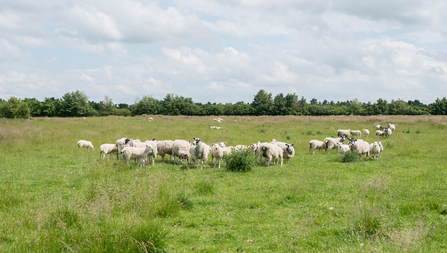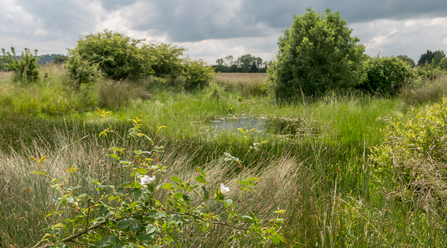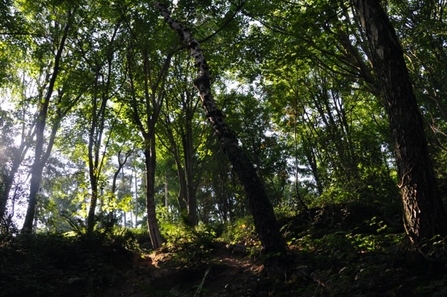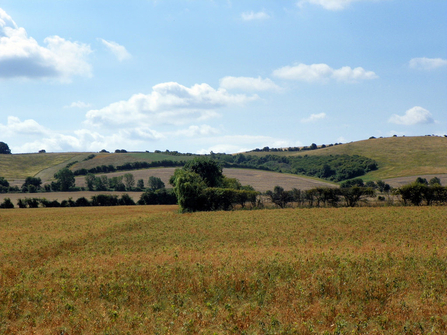The campaign and appeal were launched a year ago, with the aim of raising £30m to put nature into recovery across at least 30% of land and sea by 2030. Today BBOWT and the 45 other local groups that make up The Wildlife Trusts can announce that they have raised more than £25 million in just 12 months.
They can also reveal that Trusts across the UK have started work on more than 35 nature recovery projects to restore land for wildlife as part of the 30 x 30 vision.




